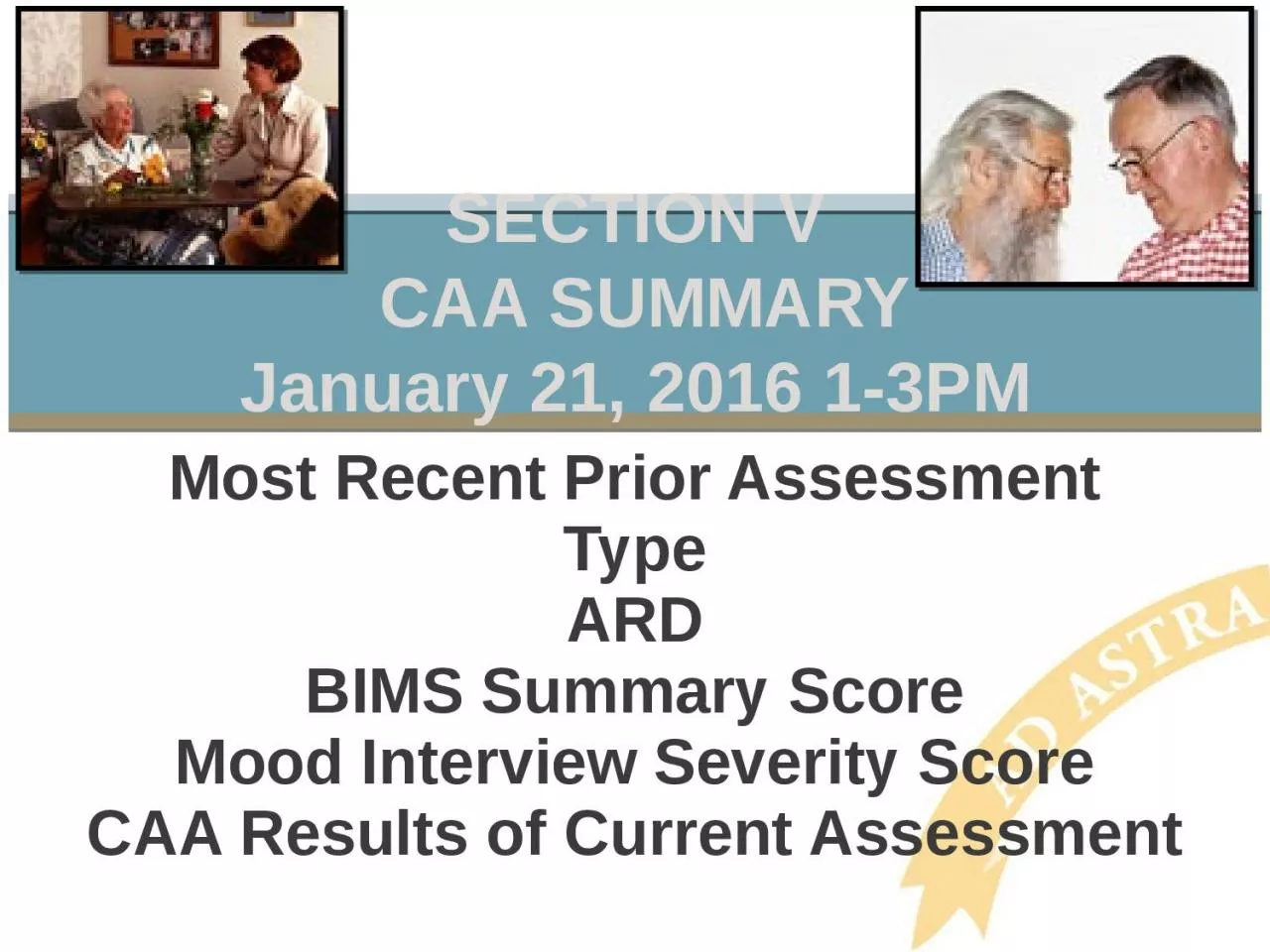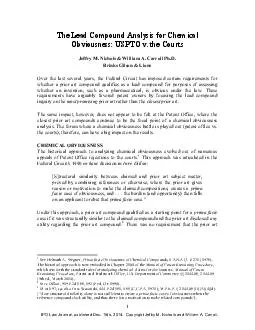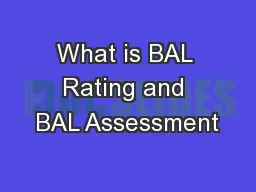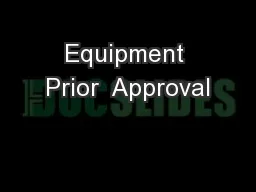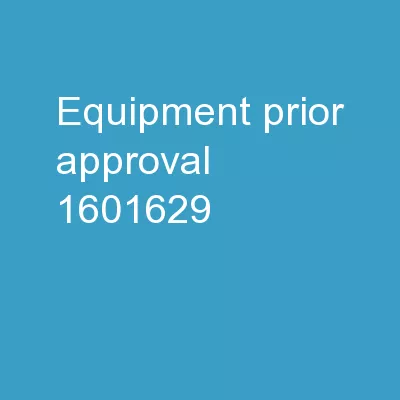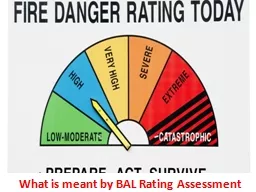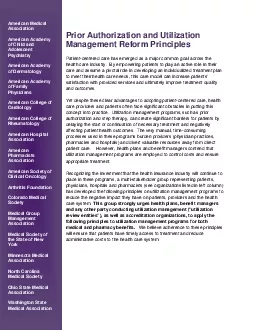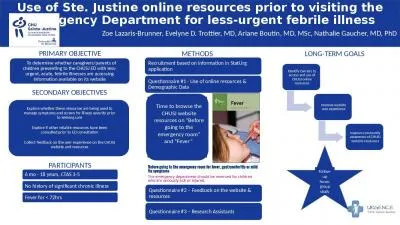PPT-Most Recent Prior Assessment
Author : jade | Published Date : 2024-02-03
Type ARD BIMS Summary Score Mood Interview Severity Score CAA Results of Current Assessment SECTION V CAA SUMMARY January 21 2016 13PM Objectives Understand that
Presentation Embed Code
Download Presentation
Download Presentation The PPT/PDF document "Most Recent Prior Assessment" is the property of its rightful owner. Permission is granted to download and print the materials on this website for personal, non-commercial use only, and to display it on your personal computer provided you do not modify the materials and that you retain all copyright notices contained in the materials. By downloading content from our website, you accept the terms of this agreement.
Most Recent Prior Assessment: Transcript
Download Rules Of Document
"Most Recent Prior Assessment"The content belongs to its owner. You may download and print it for personal use, without modification, and keep all copyright notices. By downloading, you agree to these terms.
Related Documents

